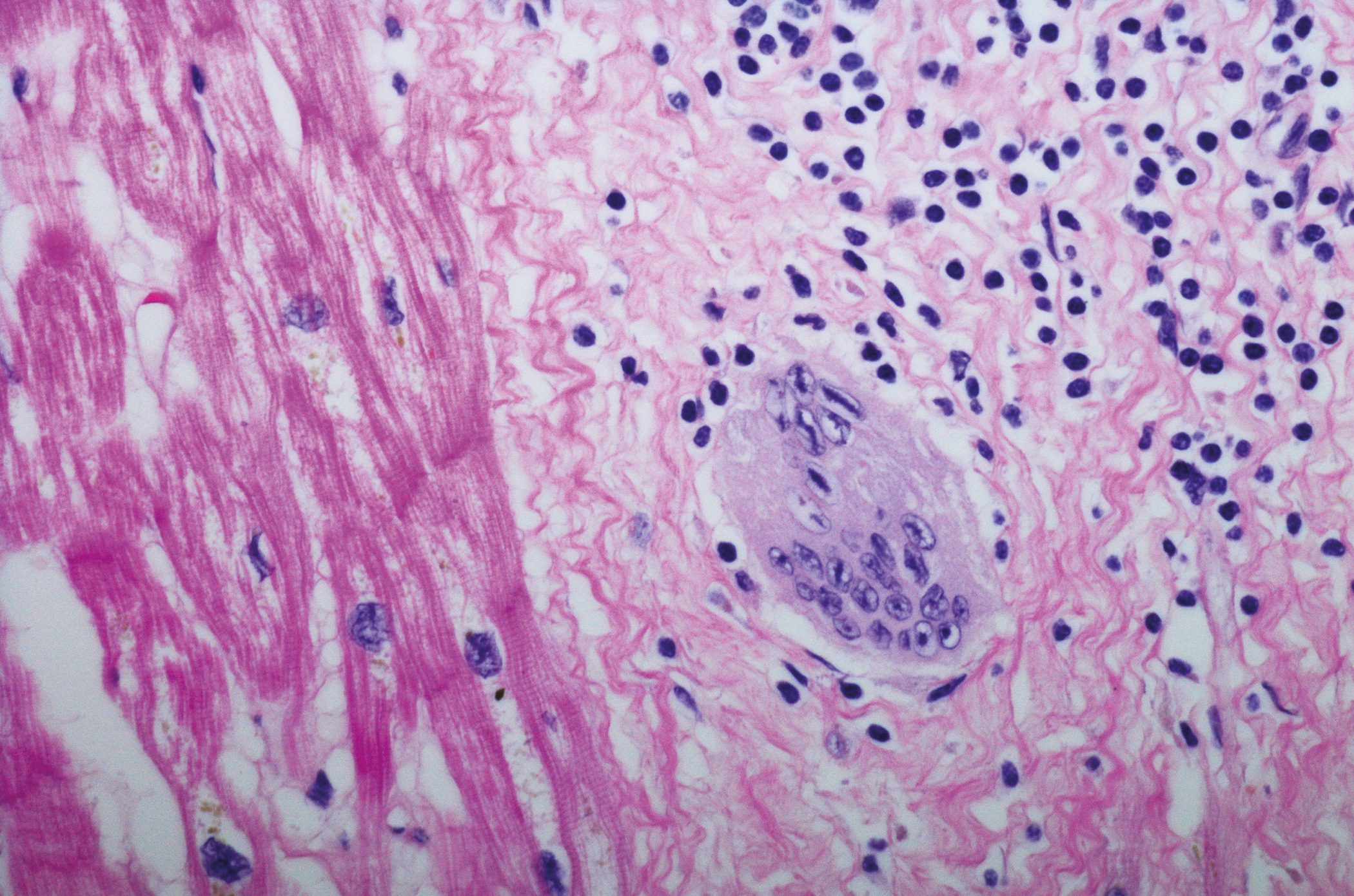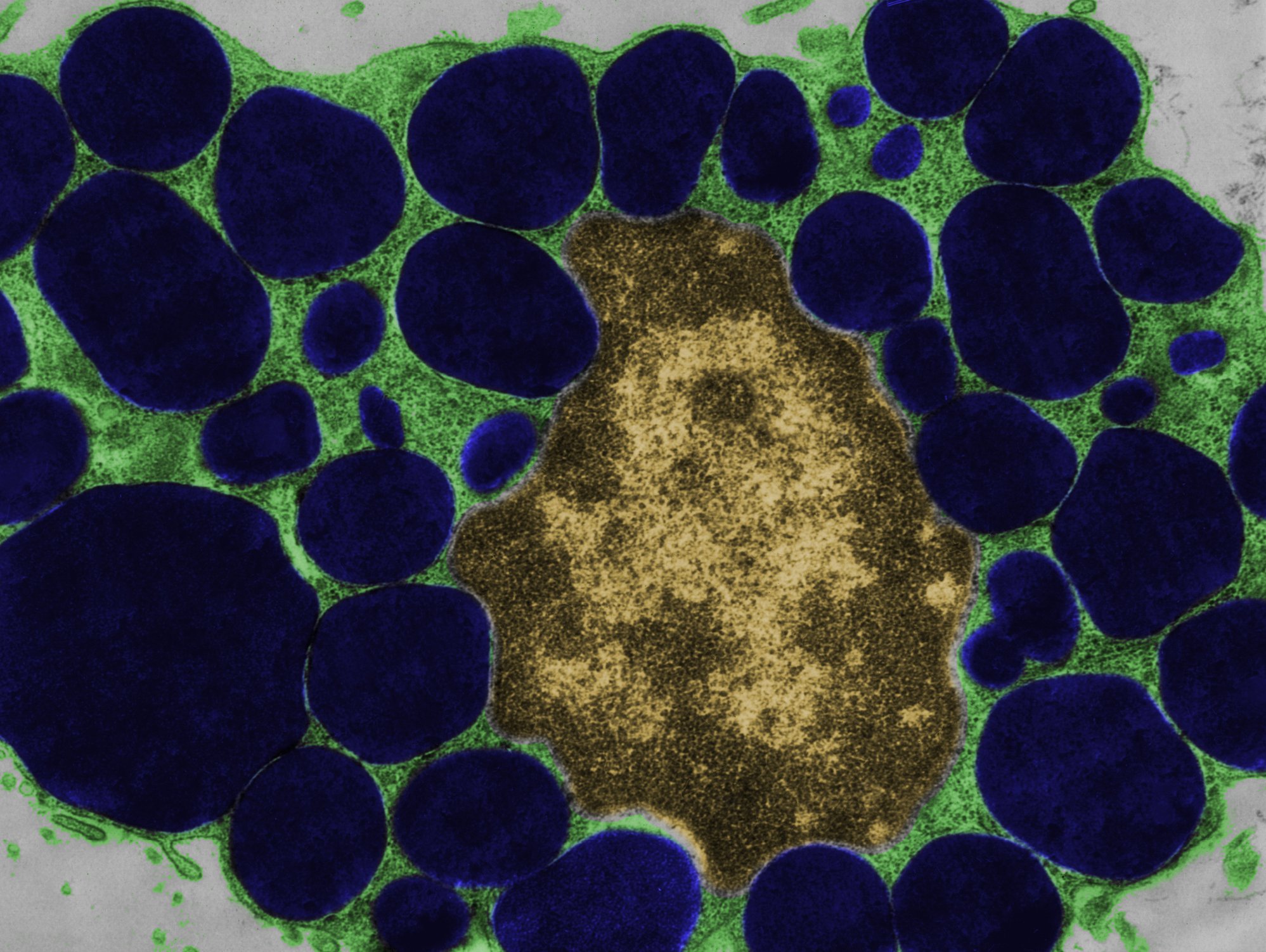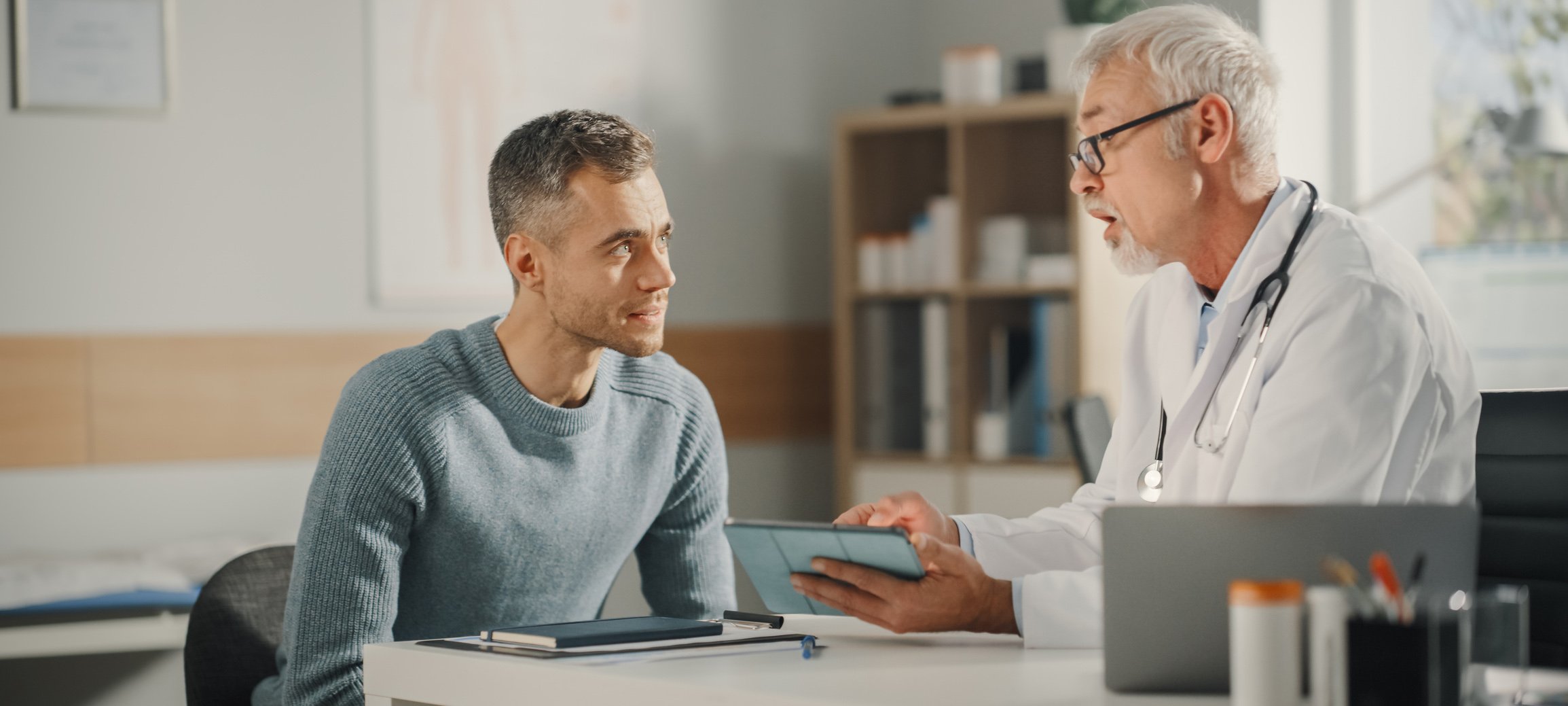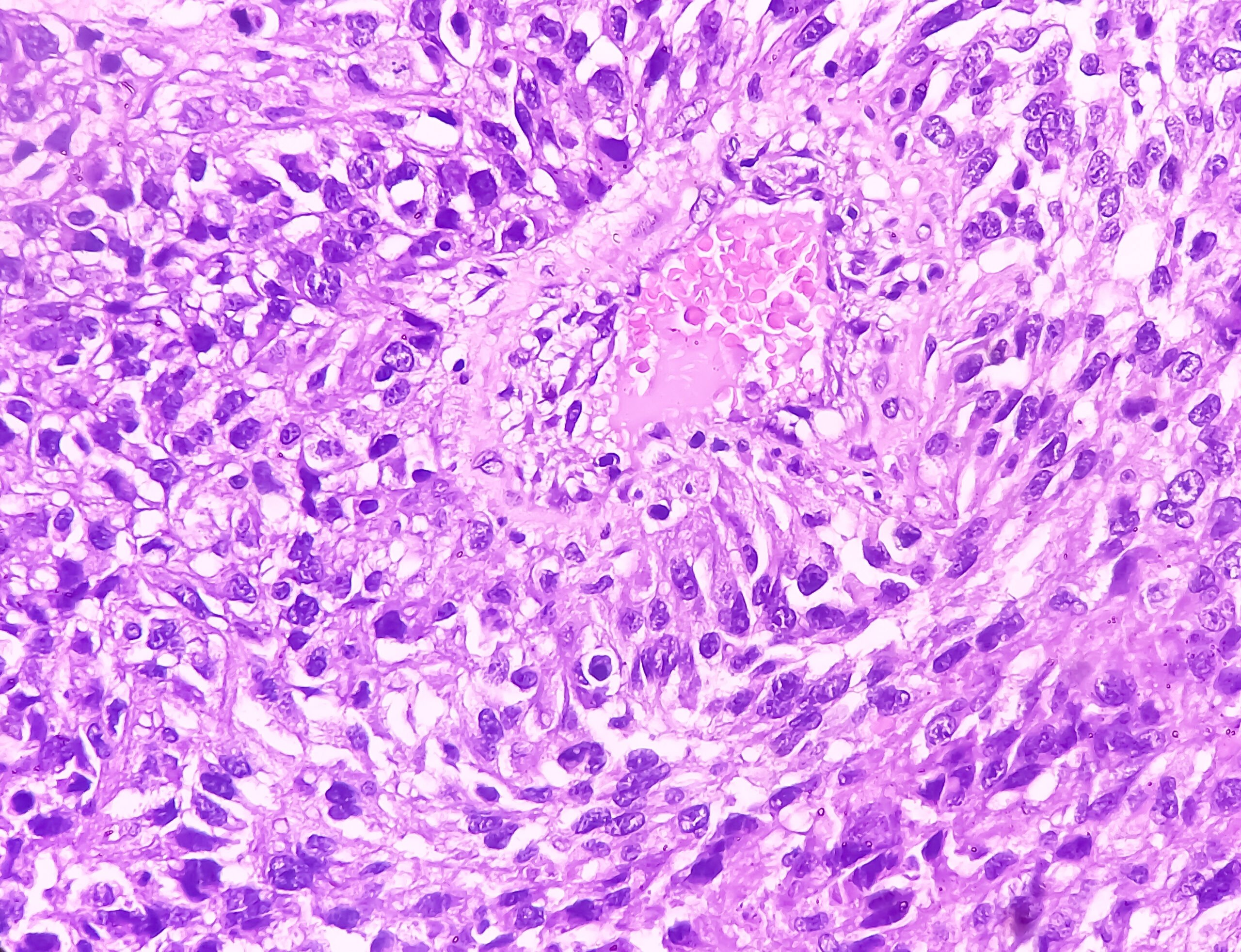In recent years, the treatment of thrombosis patients has increasingly shifted to the outpatient sector. Provided that a reliable diagnosis and the application of anticoagulants in the correct dosage can be guaranteed, this often makes sense. However, there are cases where hospitalization and treatment is necessary, for example in cases of extensive pelvic vein thrombosis, severe venous congestion symptoms and in some other clinical situations.
Autoren
- Mirjam Peter, M.Sc.
Publikation
- HAUSARZT PRAXIS
Related Topics
You May Also Like
- Ulcerative colitis
Rgs14 protein can worsen the severity
- Mastocytosis
Innovative pathogenesis-based therapeutic approaches in the pipeline
- Participation of the patient
Adherence in psychiatry
- Psychooncology
Communication as the key to therapy adherence
- From symptom to diagnosis
Renal cell carcinoma
- Lipid management: ESC/EAS guideline update 2025
New recommendations on CVD risk classification, lipid lowering in statin intolerance and hoFH
- Chronically active MS lesions
New paradigm in the diagnosis and treatment of multiple sclerosis
- Participation of the patient











